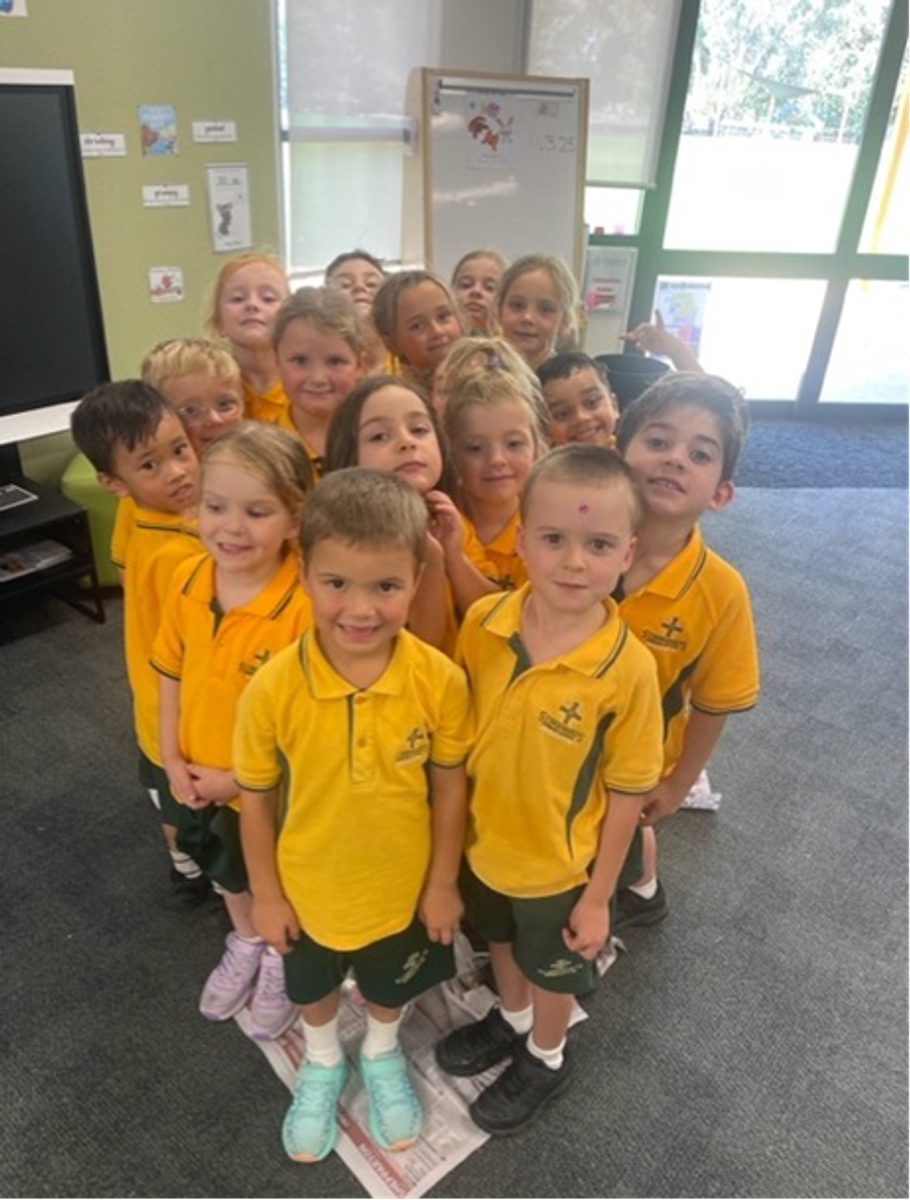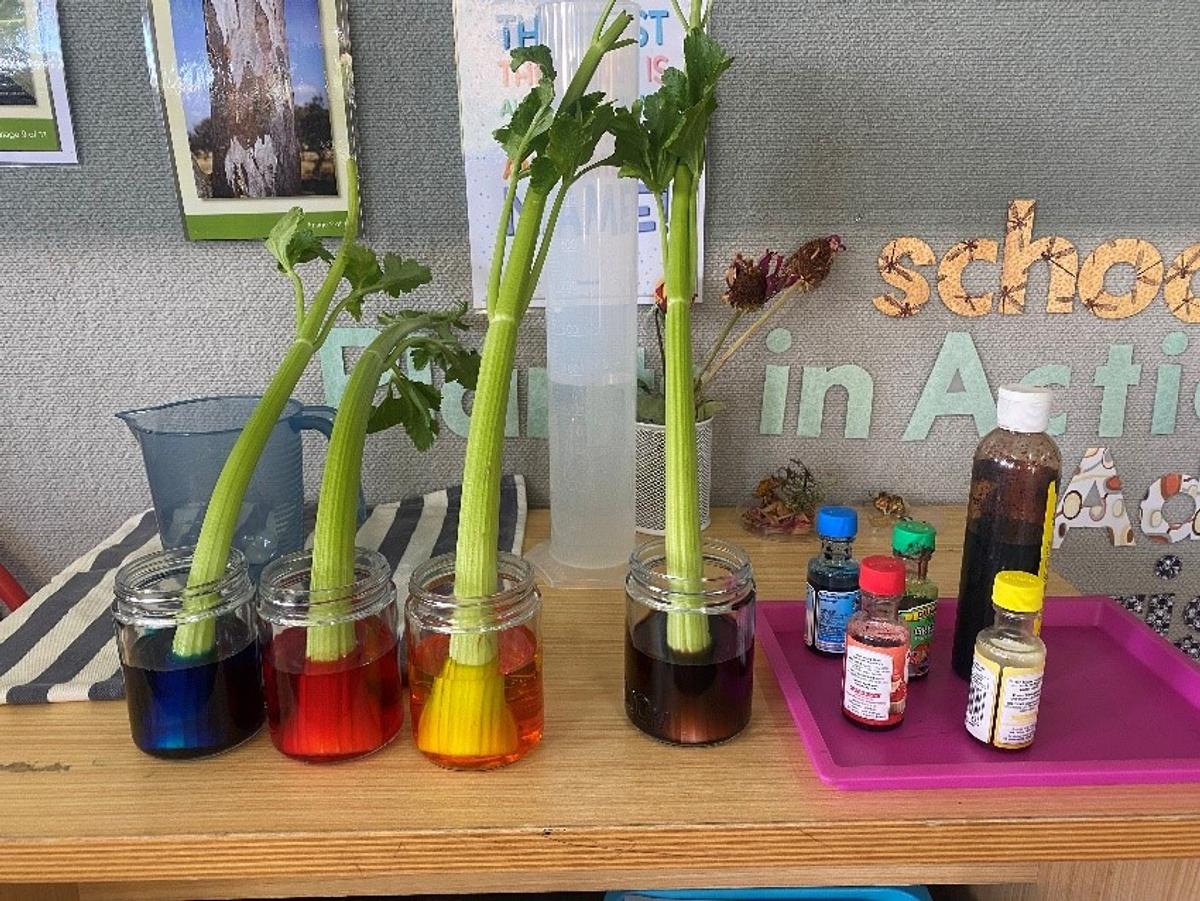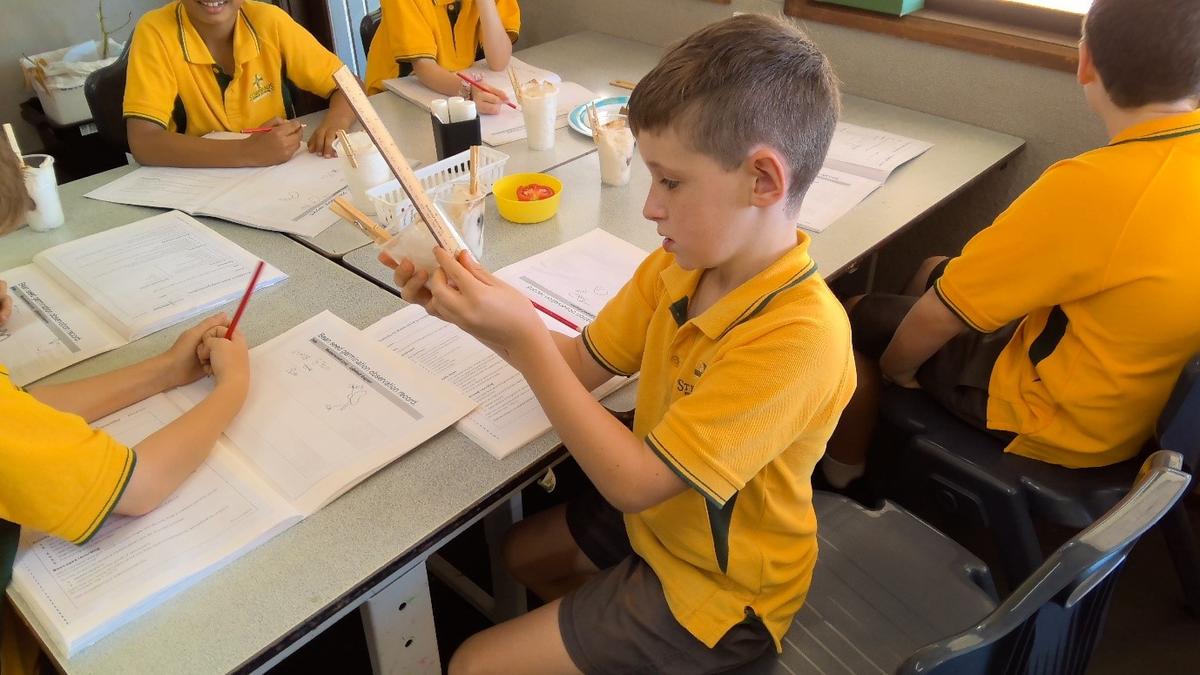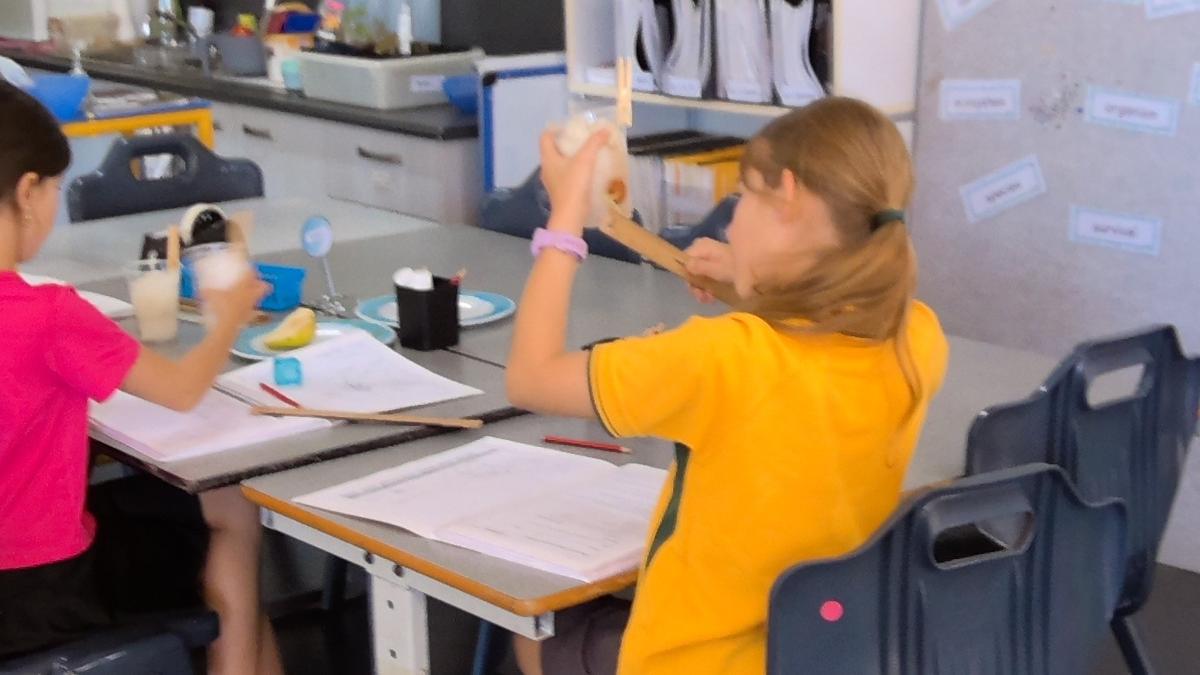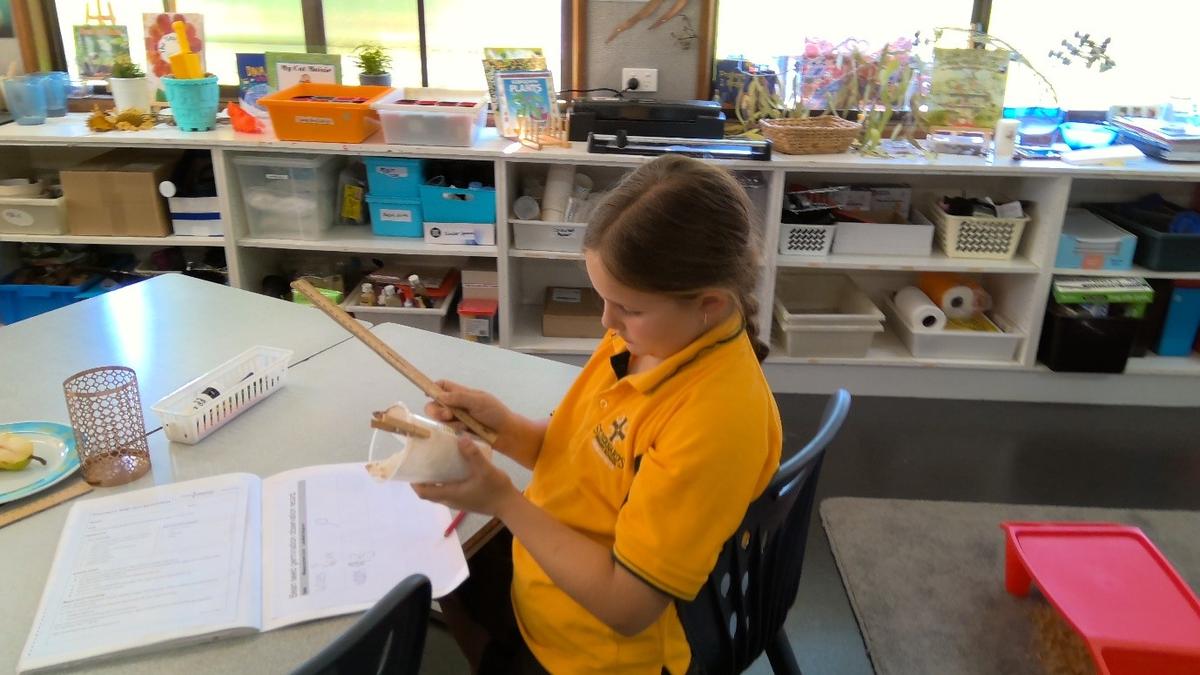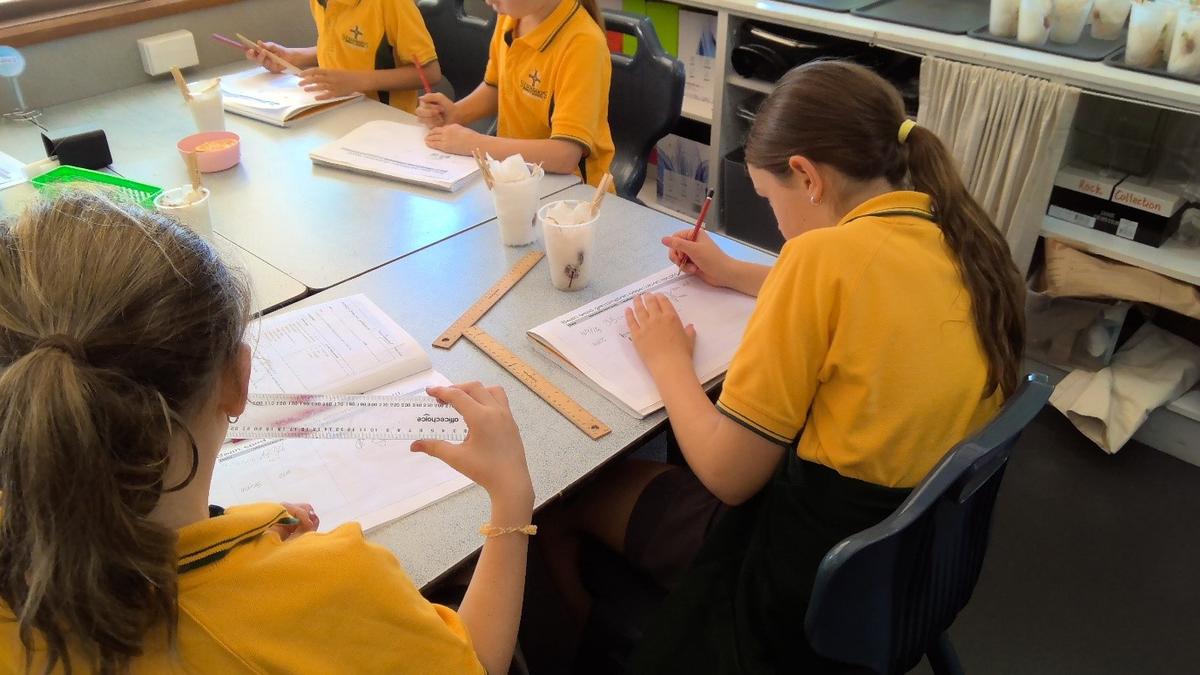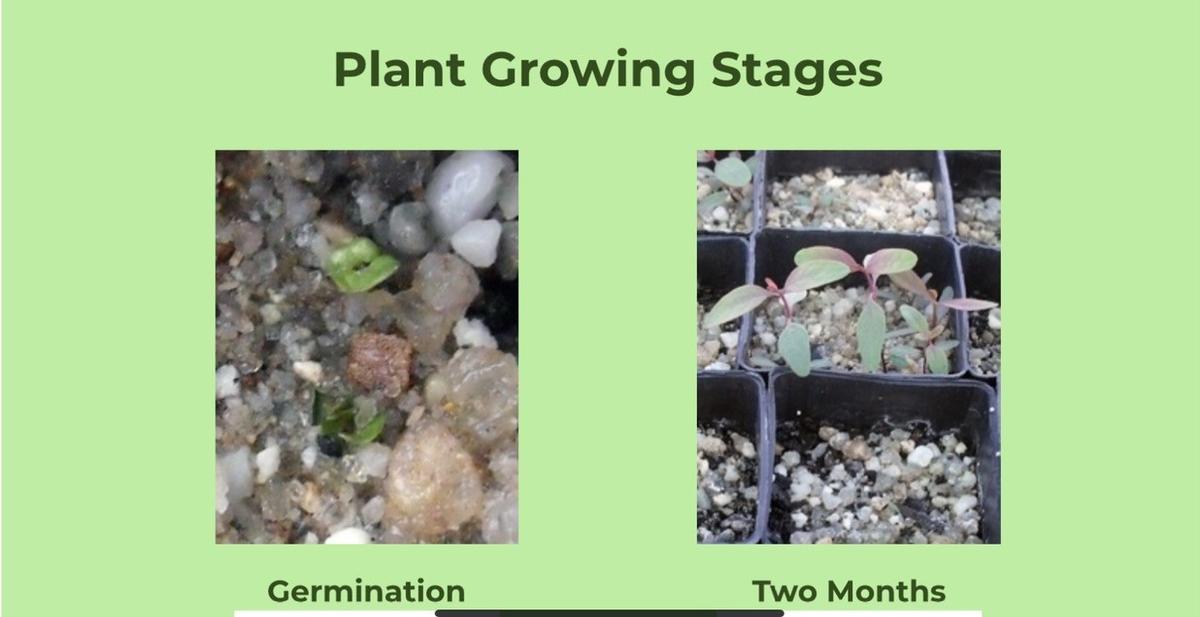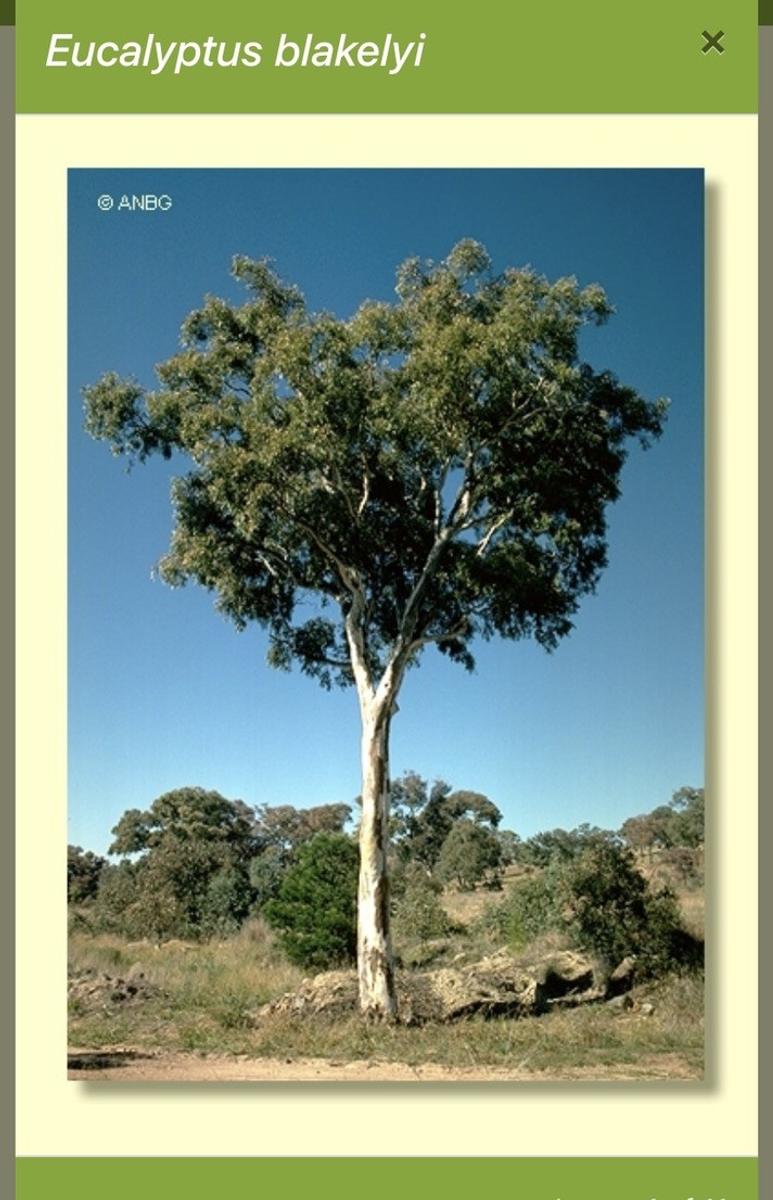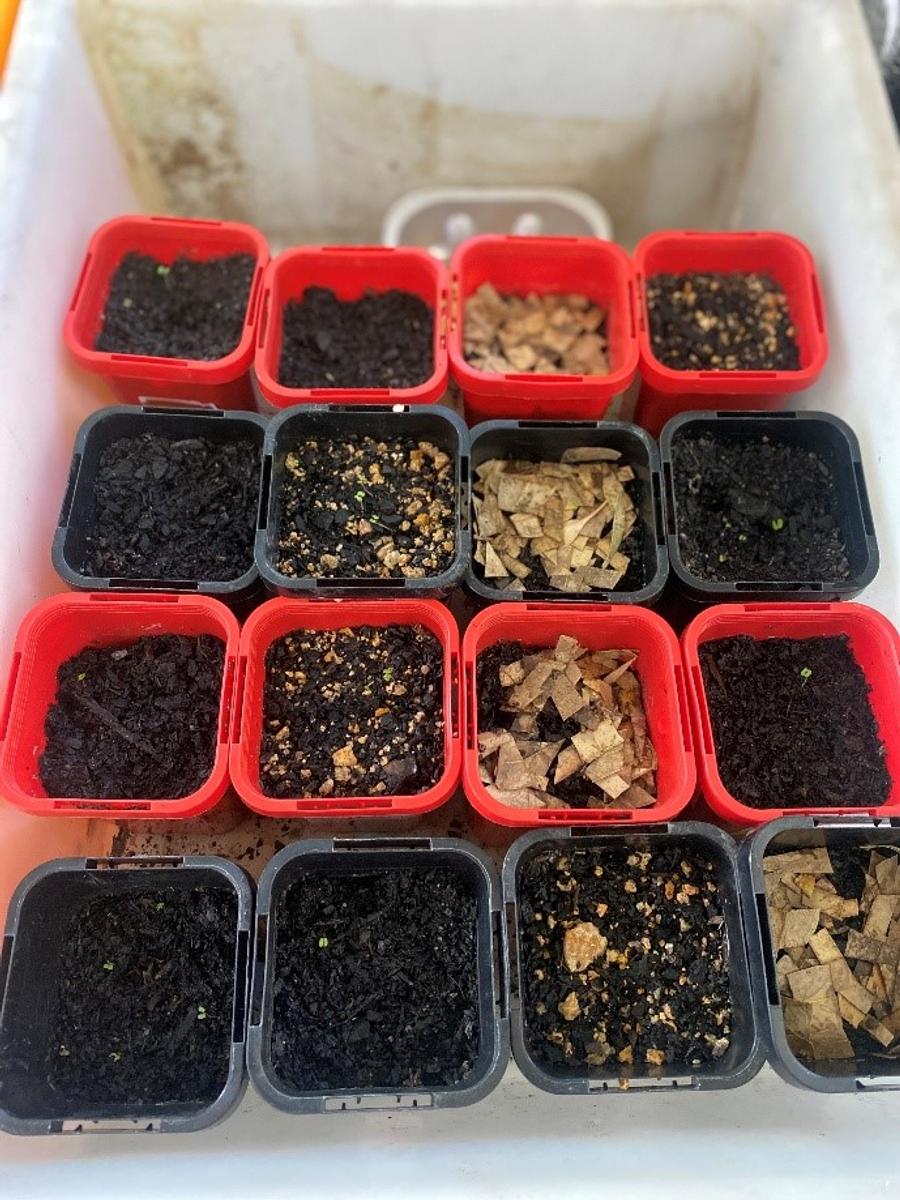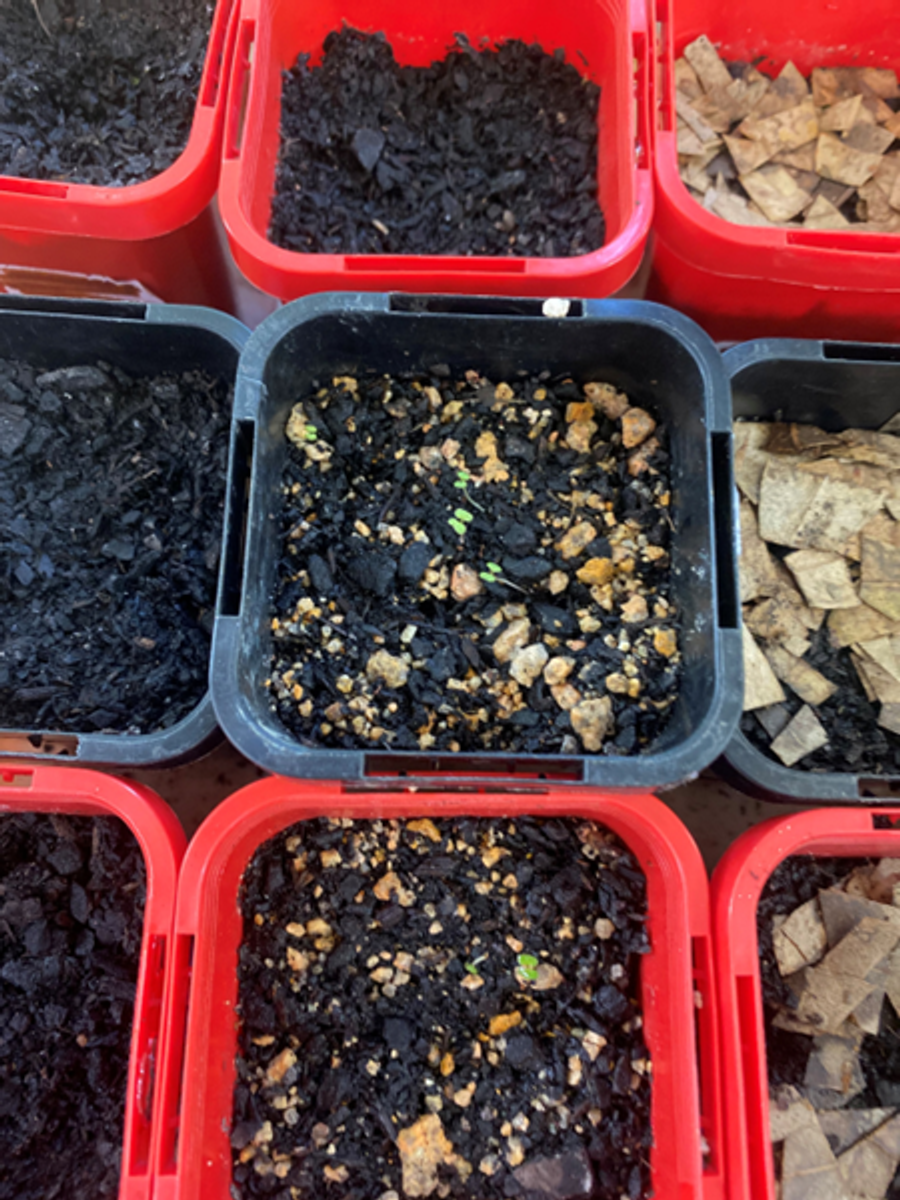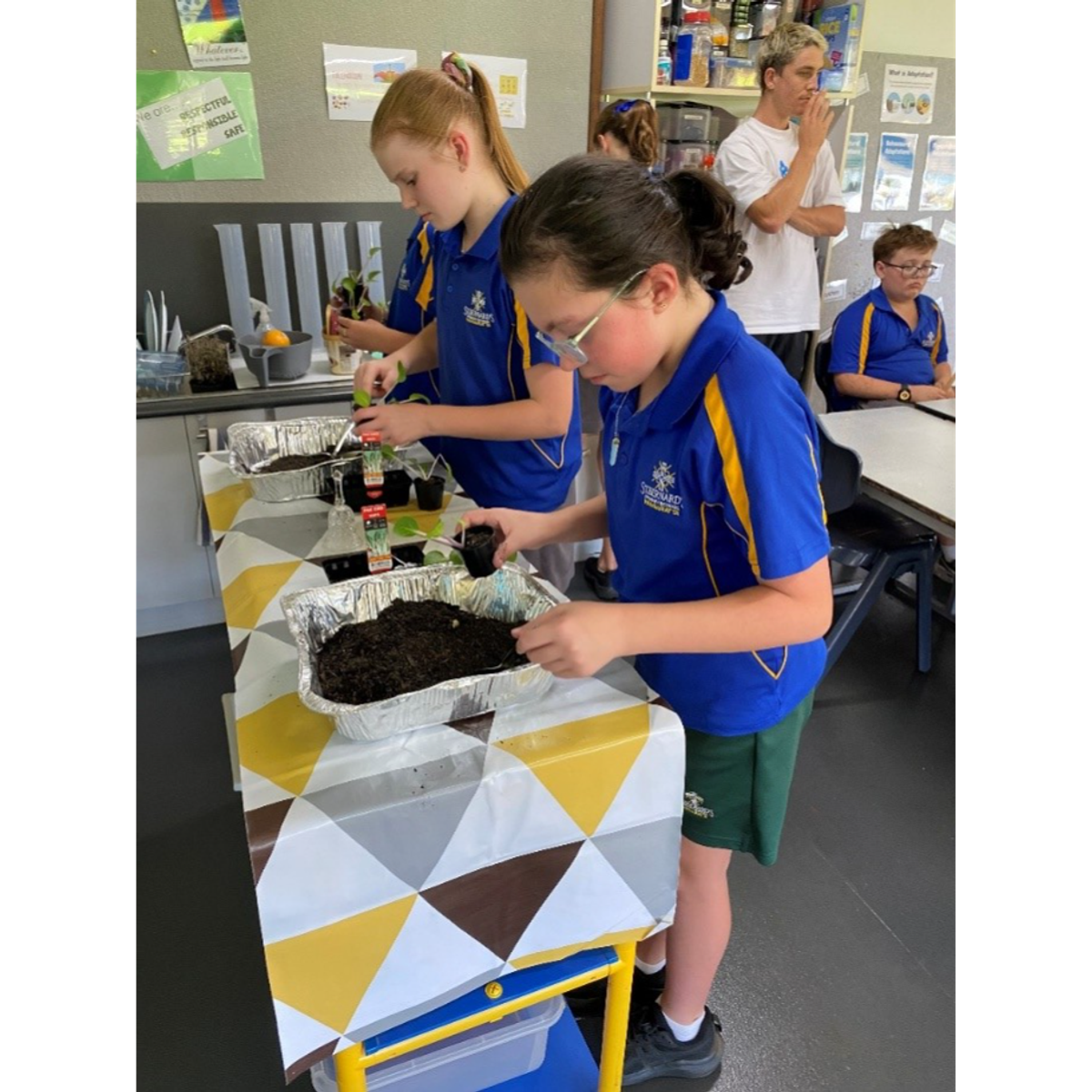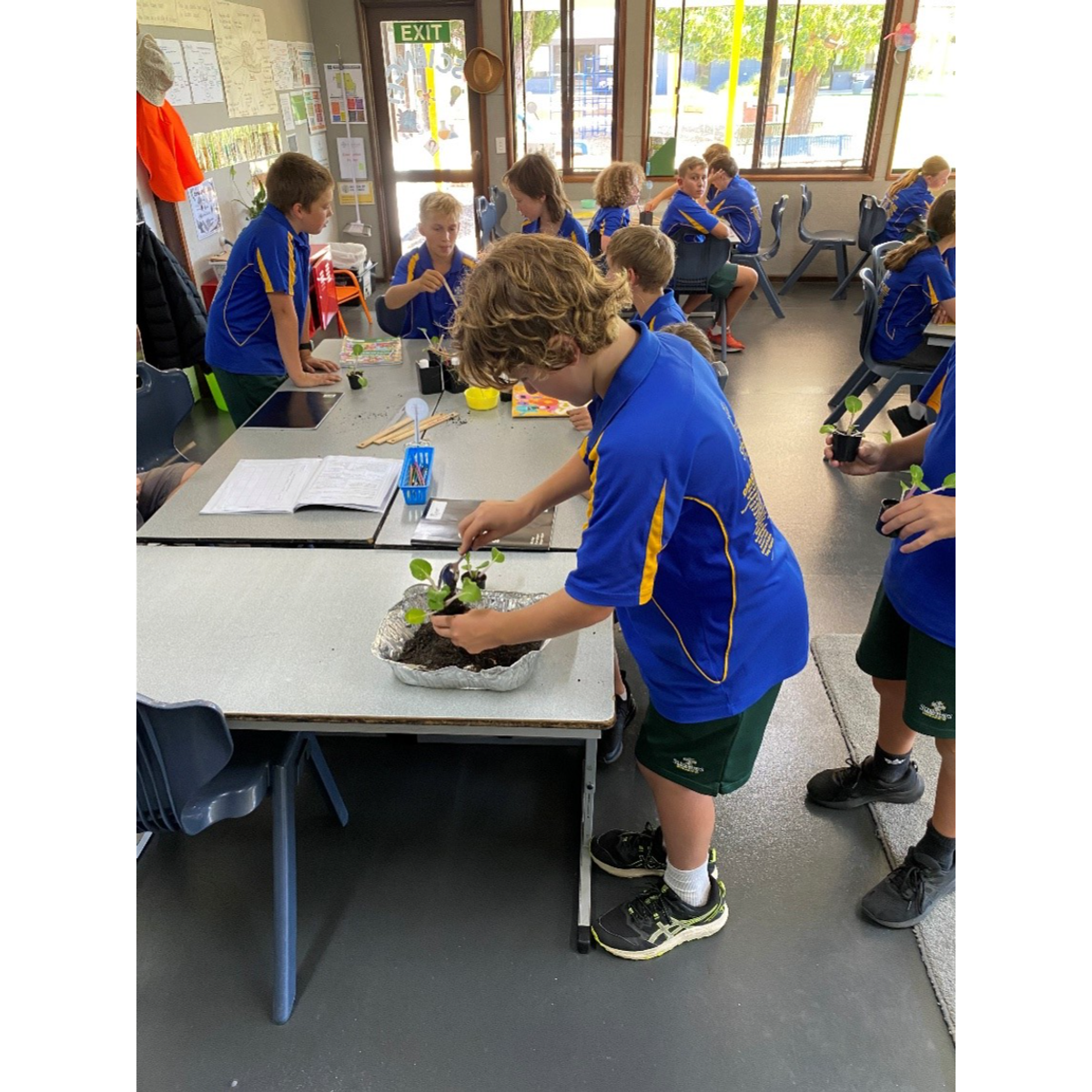Science

Foundation
Foundation students have been exploring what we need to survive in this term's unit of Science called Staying Alive. We need food, water, air, exercise and shelter. Our pets need these things too. Our last lesson explored the need for space and freedom to move as the children experienced the feeling of being crowded together on small pages of newspaper
Grade 1
Over the past couple of weeks, students in Grade one have been exploring more closely how plants absorb water from the soil through their roots. We observed where the water went when we watered the trees outside the science room and then looked closely at a seedling once it had been removed from its pot. By doing this, students were able to look at the roots of the plant and focus on how they are all attached to the plant.
In our books we added detail to a picture of a tree – rain falling in a downward direction and right into the earth where it began travelling up through the roots and into the trunk of the tree. Eventually, that is how all parts of the plant get water. We have also set up an investigation with celery in coloured water to hopefully demonstrate how water travels up the stem or trunk of a plant.
This is an easy investigation to do at home too – place a stalk of celery into a glass of water with food dye in it. Wait a couple of days and observe if the celery is changing to the colour of the food dye. No celery? If you have white roses growing, you could cut a rose bud with its stalk and pop the stalk end into the coloured water and watch how the petals eventually change to the colour of the water.
Grade 2
We have been investigating ANTS! Yes – Ants!
Last week we shared our knowledge of ants and this week after a factual story and a shared information book about ants, we have been drawing labelled diagrams to show the different parts of the body.
We have also discovered some interesting facts.
Ants communicate through pheromones and/ or by using their antennae. For instance, if a worker ant comes upon a pile of sweet sticky sprinkles, she will take one sprinkle back to the nest, and as she goes releases pheromones to leave a message for the other worker ants about where they need to go to find the sprinkles.
Eventually many of the worker ants will have found the sprinkles and carried them back to the nest for safe keeping and as a food source when needed.
They can also communicate by rubbing their antennae with another ant’s antennae to pass information between them.
Ants can also carry things over twice their own body weight! Amazing!
Grade 3
Grade 3 students have discovered that when growing broad bean seeds, it does not matter which way the orientation of the seed is placed – it will still grow!
There was much excitement to see how big some of the broad beans had grown over a week, and how long their roots were!
Some bean seed roots were travelling around the bottom of the cup in a circle, whereas some of the others have begun sending out lots of side roots, and some have leaves poking out from the top of the cup.
Students took measuring their seed growth and recording their data very seriously. We will measure them again next week before sending them home to be planted out in your gardens!
Grade 4
After just one week Grade 4 students have had success in germinating some eucalypt seeds!
It was very exciting to see these tiny seedlings, and students were amazed at how something so small can grow into something so big!
The seeds we have planted in different growing conditions (limited light, heated as if had been through a bushfire, in poor soil and the control which is being grown in ideal conditions) are the seeds of the Blakelyi Eucalypt, common to this part of Australia.
Thank you to Park Lane Nursery who donated the seeds to us for this investigation.
The students will continue to count how many seeds germinate in the different conditions and use this data to make a claim about the best growing conditions for Blakelyi eucalypt seed germination.
Grade 5
Grade five students have begun the planning stage for an investigation to test if blubber is a good form of insulation for warm blooded animals such as penguins and whales, polar bears and seals who live in very cold habitats. Can blubber keep the heat in?
Students will be testing this by timing how long they can keep their bare hand in icy water compared to how long they can keep their hand covered in vegetable fat (blubber) and a glove (extra layer of skin) in the icy water. All the variables have been considered, and predictions have been made. Stay tunes for the results!
Grade 6
After planning their investigation about how the quality of water effects the growth of plants, Grade 6 students have planted Pak Choi plants and watered them with saltwater solutions. Each table team has four plants – a control pot watered with fresh water, Test pot 1 with 0.5% salt in the water, Test pot 2 with 1.5% salt in the water and Test pot 3 with 3.5% salt in the water (3.5% is the equivalent to sea water) Students then measured their plant and recorded this.
Over the next couple of weeks, they will re-measure each plant and share this data with their table teams. On completion, students will use the data to create a graph and draw a conclusion reflecting their results. Success criteria for this investigation includes teamwork, writing results up in full sentences and including elements of the original question for investigation in their conclusion.
